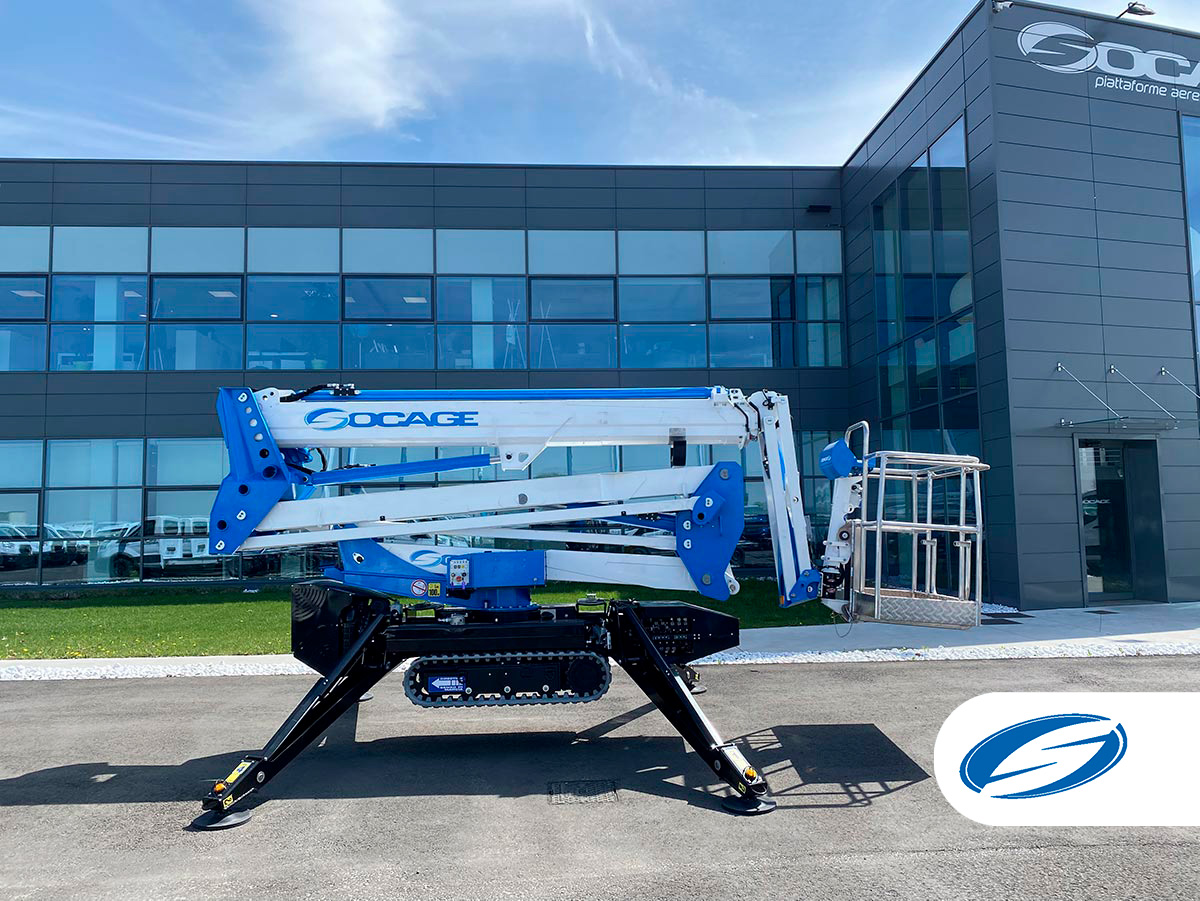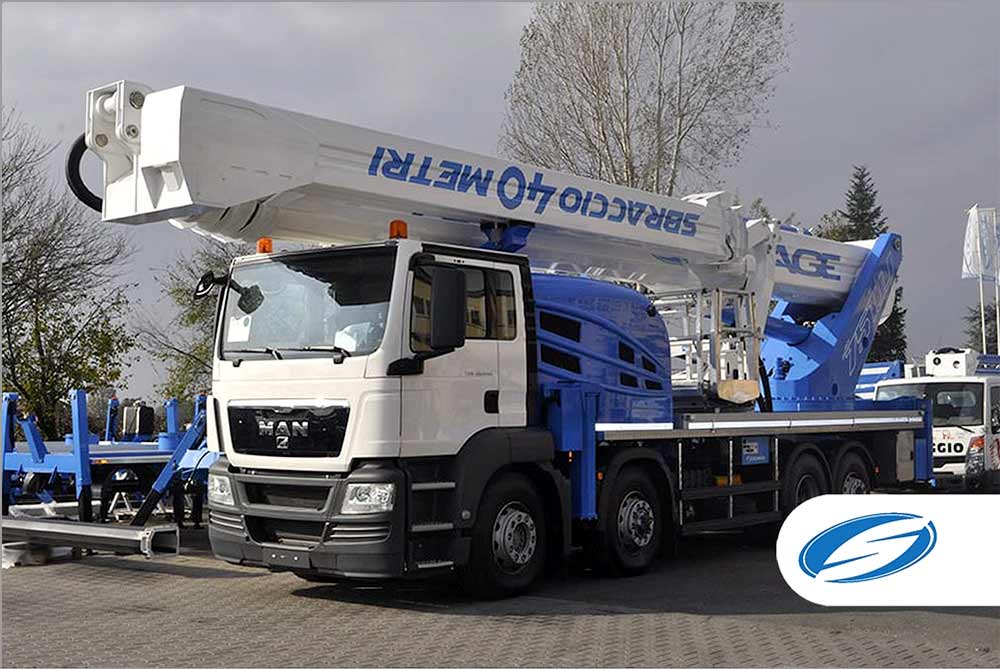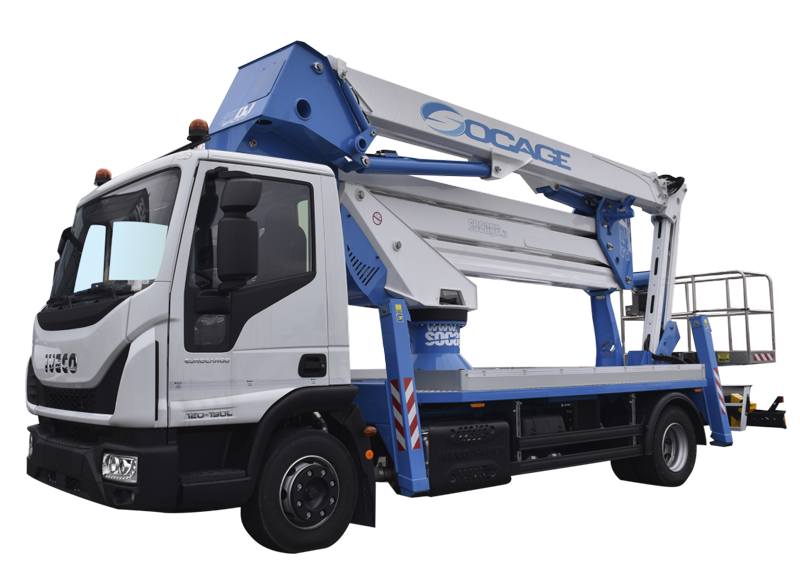Elevated Work Platforms (EWPs) hold an important place in Brisbane and Australian construction, maintenance and industrial settings. From electricians working on hard-to-reach electrical jobs to warehouse pickers getting those products off the top shelves, these are versatile machines adept at meeting specific operational requirements.
If you’re in the market for an EWP, you need to do your research on the right equipment for your job. There are four main types of elevated work platforms, each with different characteristics and applications. Understanding what they do will help you land on the perfect machine to tackle your project with!
Below, we’ve put together a description of the four main types of EWPs and their key characteristics. Hopefully this article helps to guide you towards the right choice for your business.
Scissor Lifts
Scissor lifts are easily recognisable and commonly used across multiple industries. Their criss-crossing metal supports that extend vertically look like a scissor mechanism, hence the name.
Key Features:
- Vertical-only movement with no horizontal reach.
- Larger platform areas compared to other EWPs.
- Weight capacities typically ranging from 200 to 2700 kilograms.
- Maximum heights usually between three metres and 14 metres.
- Available in electric, diesel, or hybrid power options.
Scissor lifts excel where you need a stable work area to accommodate multiple workers and their materials. They have a heavy base keeping them grounded, and a large platform extending upwards. They’re ideal for indoor maintenance, installation work, and retail applications.
Self-Propelled Boom Lifts
If you need to work at heights and want more flexibility and reach compared to scissor lifts, a self-propelled boom lift could be the way to go. They’re more suitable for complex access challenges, coming with the following key features:
Key Features:
- Articulating or telescopic boom designs.
- Horizontal outreach capabilities of nine to 24 metres.
- Working heights ranging from nine to over 55 metres.
- 360-degree rotation in most models.
- Self-propelled mobility with various drive systems.
There are some variations in self-propelled boom lifts:
Spider lifts are boom lifts with compact dimensions and extendable legs that give them an arachnid-esque quality when they’re deployed! The Raptor Spider series from Altequip are examples of industry leading Spider Lifts. They’re extremely valuable for working in together spaces.
Articulating boom lifts (also called knuckle booms) have multiple pivots on the boom section, allowing the platform to navigate around and over obstacles. They are useful in congested work environments where direct access is difficult.
Telescopic boom lifts (straight booms) get greater horizontal reach than other systems thanks to their extendable, straight boom design. They’re ideal for work at higher heights which other EWPs won’t have the reach for..
Truck Mounted EWPs
Truck mounted elevated work platforms are an excellent choice if you have a task requiring frequent relocation. You can just start up the truck and drive it to the next site!
The EWP is integrated into the truck, giving you extreme flexibility when it comes to changing location fast. They range in size from small van-mounted units to massive truck-mounted booms for tasks like utility line maintenance. Contractors who need to work at multiple sites often prefer this type of EWP, such as tree loppers or sign installers.
Here are some of their important features:
Key Features:
- Mounted on trailers or vehicles for easy transportation.
- Heights ranging from 11 to over 30 metres.
- Stabilizing outriggers for secure deployment.
- Compact stowed dimensions help with maneuverability.
Altequip is an official Australian supplier for the ForSte range of truck mounted platforms, a leading option from Italian manufacturer Socage.
Telehandlers with EWP Attachments
A telehandler, or telescopic handler, is primarily designed to lift and handle material – a bit like a cross between a forklift and a crane. You can fit a number of attachments to them, such as winches or buckets. They can also be converted into an EWP with the right speciaised attachment.
Key Features:
- Versatile equipment with multiple attachment options.
- Extendable telescopic boom offers excellent height and reach.
- Platform capacities typically between 225 to 400kg.
- Working heights up to 17 metres.
- Excellent rough-terrain capability.
The primary advantage of telehandlers with work platform attachments is their versatility. If you’re operating a busy construction site, you can use the same machine as a forklift, crane or EWP just by changing attachments. This makes them a cost effective option, particularly for smaller projects.
It’s important that these platform attachments comply with specific safety standards and regulations. They typically require additional safety features such as platform controls, emergency descent systems, and appropriate restraints. Be sure to stay compliant with your industry regulations if using them as an EWP or for any other function.
Naivigating the Different Types of Elevated Work Platforms
Hopefully all the above information helps give you an idea of the elevated work platforms out there! Factors you should bear in mind include the required working height, horizontal reach needs, platform capacity, terrain conditions, and power source requirements.
Each EWP type offers distinct advantages for specific applications. Making the right choice is the first step towards safe, productive and efficient work tasks.
The Altequip team is always here to answer all your EWP questions. Whether you’re looking for EWP servicing or need guidance on the best system for your needs, we’re here to help! Contact our professional team today.




